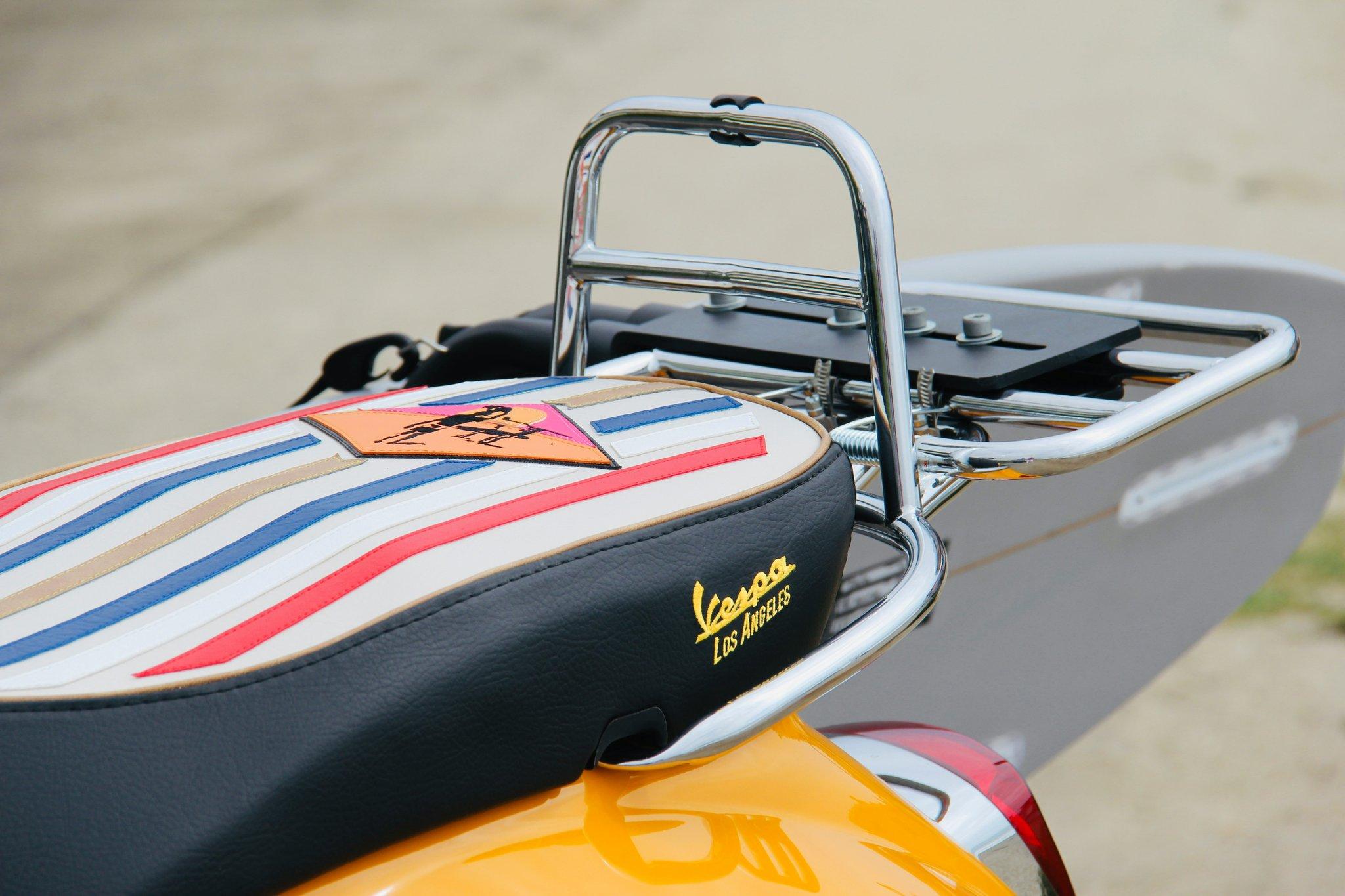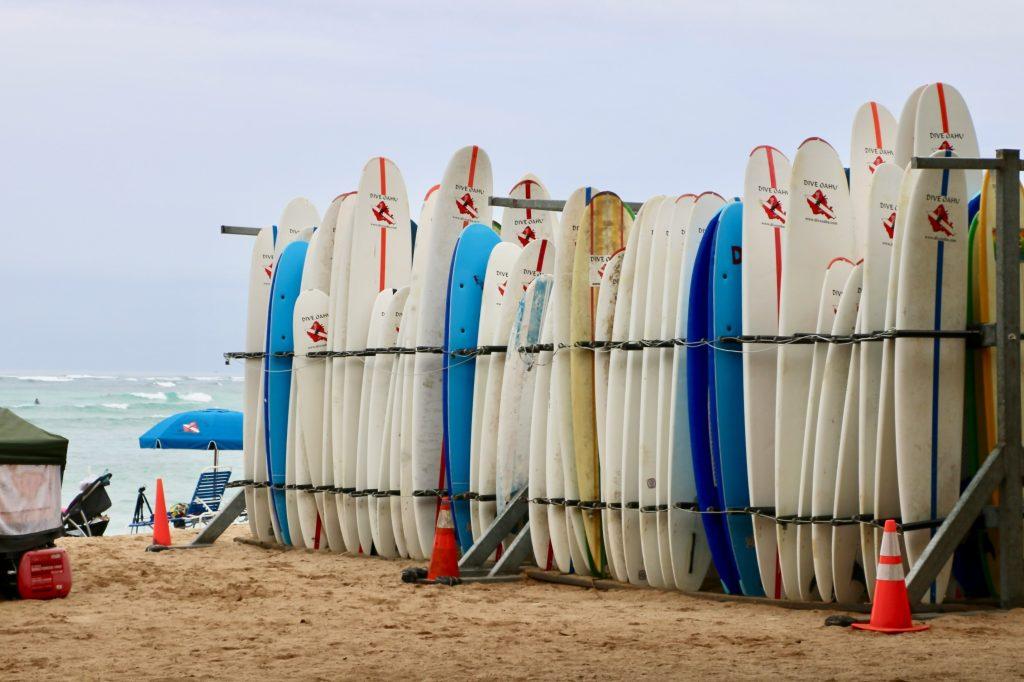“Ever tried cramming a 7-foot surfboard into an economy-sized airline overhead bin? Yeah, that scream you heard was mine.”
Surfing is freedom on the waves—but when it comes down to surfboard shipping, things get messy. Whether you’re flying to Bali or road-tripping along California’s coast, protecting your prized board is mission-critical. But let’s be honest, navigating logistics for something as delicate (and oddly shaped) as a surfboard feels like solving a Rubik’s Cube blindfolded.
In this guide, I’ll break it all down so you can ship smart and stress less. You’ll learn:
- Why surfboard shipping sucks (and how to make it suck less).
- A step-by-step blueprint for packing and transporting your board safely.
- Pro tips from seasoned travelers who’ve been there—and survived.
Table of Contents
- Key Takeaways
- Why Surfboard Shipping is a Nightmare (and What You Can Do)
- Step-by-Step Guide: How to Pack Your Surfboard Like a Pro
- Best Practices for Surfboard Shipping
- Real-World Tips from Road Warriors
- FAQs About Surfboard Shipping
Key Takeaways
- Use padded surfboard bags or hardshell cases for maximum protection during transit.
- Consider specialized courier services if airlines mishandle boards.
- Avoid overpacking fragile items inside your case; keep it simple!
Why Surfboard Shipping is a Nightmare (and What You Can Do)
Let me tell you about my personal horror story: A few years back, I booked a dream trip to Hawaii with my trusty longboard in tow. At check-in, the agent asked me cheerfully, “Is it fragile?” I laughed nervously and said no… because saying yes felt like jinxing myself even more. Long story short? My beloved stick came home looking like Frankenstein’s monster after some rough baggage handling.
Here’s why surfboard shipping makes us want to cry into our wax:
- Oversized luggage fees: Airlines view boards as oversized cargo—translation: expect hidden costs creeping up faster than tide pools at sunset.
- Fragile materials: Fiberglass isn’t exactly bulletproof. One careless toss by airport staff = instant heartbreak.
- Lack of regulation: Every carrier has different policies, making consistency feel impossible.

Caption: Airport baggage handlers are notorious for their creative interpretations of “fragile.”
How to Pack Your Surfboard Like a Pro
Optimist Me says, “You’ve got this!” Grumpy Me replies, “Not without coffee first.” Here’s a foolproof method to prep your board for safe travels:
1. Invest in Quality Protection
Pick between two main types:
- Softboard Bags: Lightweight and affordable, ideal for shorter trips where minimal risk exists.
- Hardshell Cases: Heavier but far sturdier, perfect for international flights or nervous fliers.

Caption: Soft vs. Hard — Choose wisely based on distance and destination.
2. Reinforce Critical Areas
Tape over fins (removable ones only), and pad rails/nose/tail with extra bubble wrap. If using a softbag, add foam inserts inside corners for reinforcement. Think burrito-style insulation.
3. Label Everything Clearly
Stick tags everywhere labeling contents as FRAGILE. While not foolproof, visibility improves odds against reckless handling. Bonus points for attaching contact info directly onto the packaging.
Best Practices for Surfboard Shipping
To ensure smooth sailing (pun intended):
- Avoid peak travel seasons when surcharges skyrocket. Off-season discounts exist—you just need patience.
- Book direct flights whenever possible. Fewer layovers = fewer chances for damage.
- Insurance is non-negotiable! Most airlines offer limited liability coverage, which rarely covers full repair costs.
Terrible Tip Alert: Never skimp on padding by stuffing clothes randomly inside the bag. It increases imbalance and risks shifting mid-flight. #LessonsLearnedTheHardWay
Real-World Tips from Road Warriors
“When moving across Australia, I shipped via specialist courier instead of airfreight. Slower, sure—but cheaper AND safer. Chef’s kiss.” – Sarah K., Professional Surfer
Other nuggets gleaned from veterans include:
- Rent locally when feasible—it cuts out shipping woes entirely.
- Join forums like Reddit’s r/surfing for crowd-sourced hacks tailored to specific destinations.
- Carry essentials like leash, fins, and wax separately in carry-on luggage. Worst-case scenario? Renting/buying replacements beats losing everything.
FAQs About Surfboard Shipping
Q: Can I bring a surfboard onboard?
Nope. Unless it fits within standard carry-on dimensions (unlikely!), plan on checking it as oversized luggage.
Q: Are any airlines better for surfers?
Southwest, Hawaiian Airlines, and Qantas tend to have friendlier policies—but always double-check before booking since terms vary widely.
Q: How much should I budget for surfboard shipping?
Plan for $50–$250 per leg depending on size, weight restrictions, and route specifics. Consider splitting costs among fellow travelers sharing space in oversized compartments.
Conclusion
Shipping a surfboard doesn’t have to feel like battling whitewater rapids without paddles. By investing in quality gear, prepping meticulously, and choosing carriers wisely, you’ll dramatically reduce headaches while keeping prized possession intact. So go forth confidently, chase those swells responsibly, and remember—the ocean awaits!
Haiku Time:
Waves crash softly near.
Board arrives safe—not smashed.
Travel smart always.


